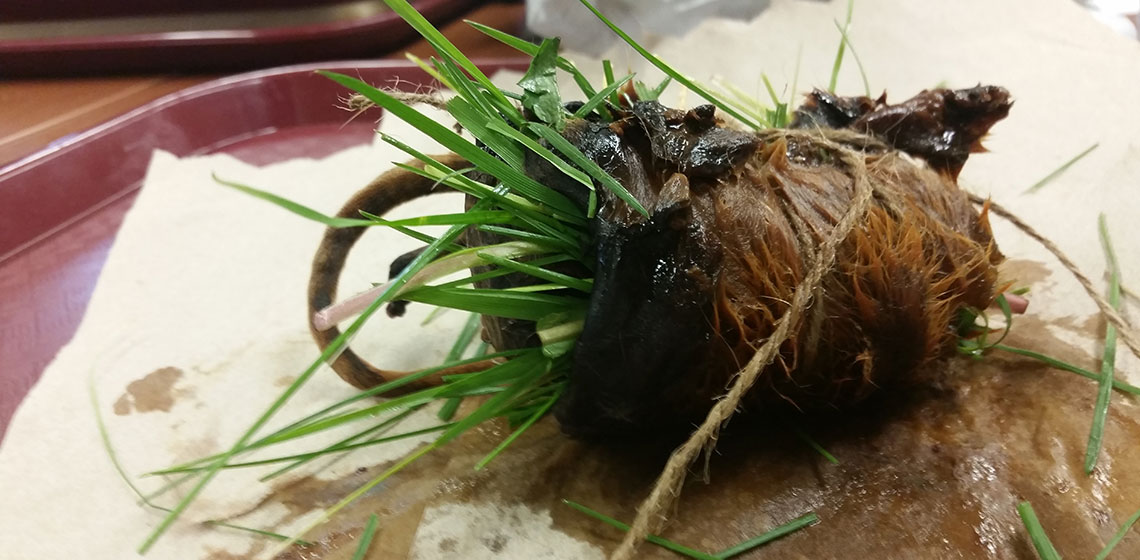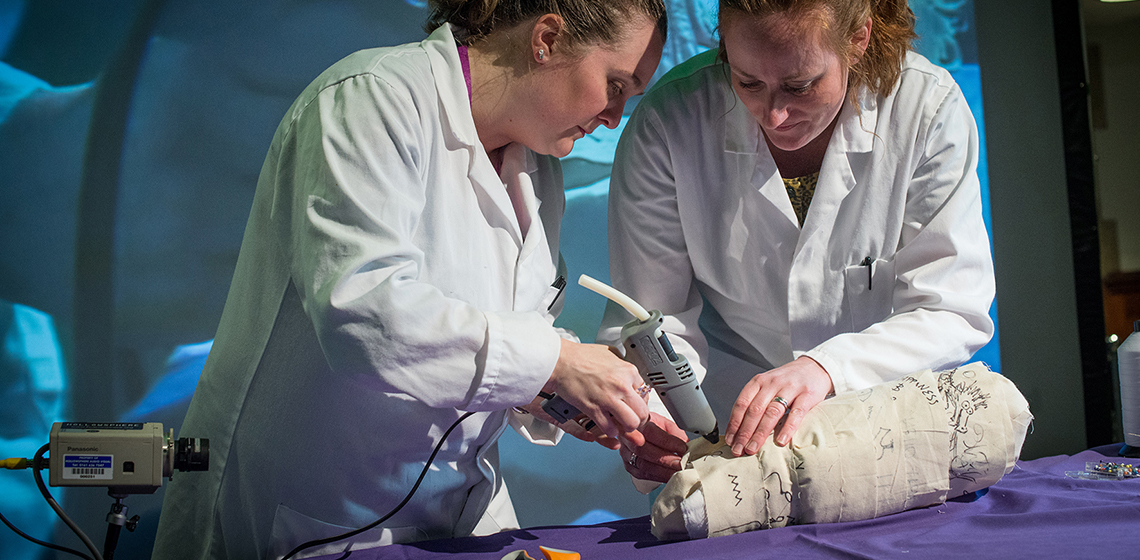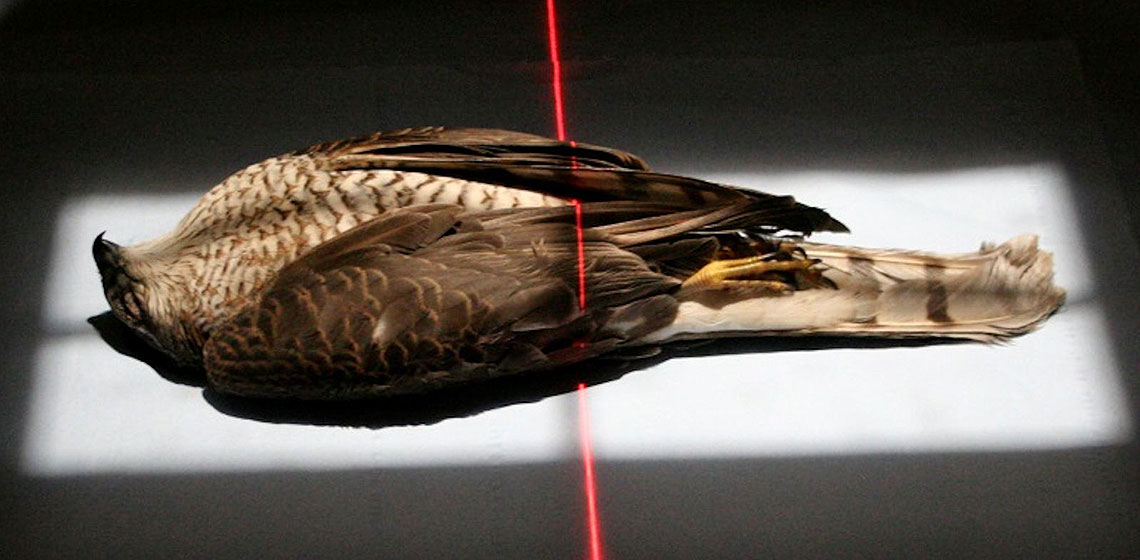mummification
Comparing Mummification Processes: Egyptian & Inca
Publication Date
This two-year research project was carried out as part of SUNY Potsdam’s Presidential Scholars program which allows undergraduates to conduct independent research. The project employs controlled laboratory experiments to compare desiccation rates in natural and artificial mummification processes while considering the cultural context of the funerary practices. Artificial mummification techniques of ...
‘Re-rolling’ a Mummy: an Experimental Spectacle at Manchester Museum
Publication Date
10th EAC Leiden 2017
***Ancient Egyptian animal mummies and votive statuettes were often wrapped in linen, concealing the contents and conferring sanctity to the remains. Mummy autopsies were commonplace in 19th century Europe, when ancient mummified bodies were unwrapped to reveal what lay beneath the linen bandages. Similarly, votive statuettes were often unwrapped upon discovery, either by...
***Ancient Egyptian animal mummies and votive statuettes were often wrapped in linen, concealing the contents and conferring sanctity to the remains. Mummy autopsies were commonplace in 19th century Europe, when ancient mummified bodies were unwrapped to reveal what lay beneath the linen bandages. Similarly, votive statuettes were often unwrapped upon discovery, either by...
The Mummification of Votive Birds: Past and Present
Publication Date
7th UK EA Conference Cardiff 2013
***A mummy is defined as a ‘well-preserved dead body’ (Cockburn, Cockburn & Reyman 1998, 1), achieved by either natural or anthropogenic methods and refers to both human and animal subjects. Mummies achieved through both these methods are found in ancient Egypt as a result of preservation through desiccation, achieved by direct contact between the corpse and a dry, sandy matrix (natural); or through the use of natron (anthropogenic), coupled with evisceration (the removal of the internal organs) and anointment with resinous compounds, followed by wrapping the corpse in layers of linen (Ikram and Dodson 1998; Taylor 2001).
***A mummy is defined as a ‘well-preserved dead body’ (Cockburn, Cockburn & Reyman 1998, 1), achieved by either natural or anthropogenic methods and refers to both human and animal subjects. Mummies achieved through both these methods are found in ancient Egypt as a result of preservation through desiccation, achieved by direct contact between the corpse and a dry, sandy matrix (natural); or through the use of natron (anthropogenic), coupled with evisceration (the removal of the internal organs) and anointment with resinous compounds, followed by wrapping the corpse in layers of linen (Ikram and Dodson 1998; Taylor 2001).



